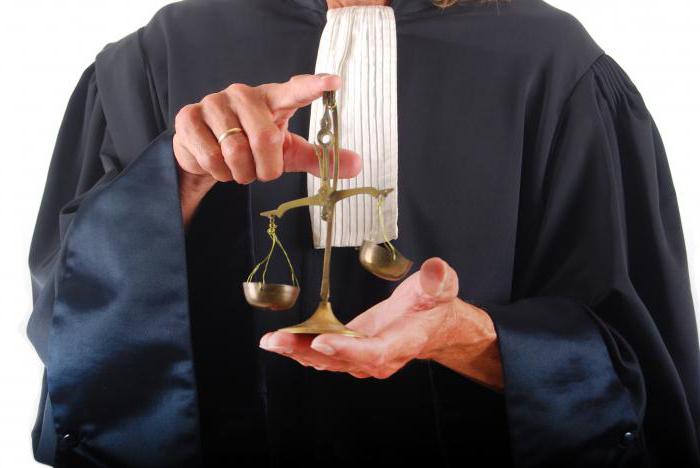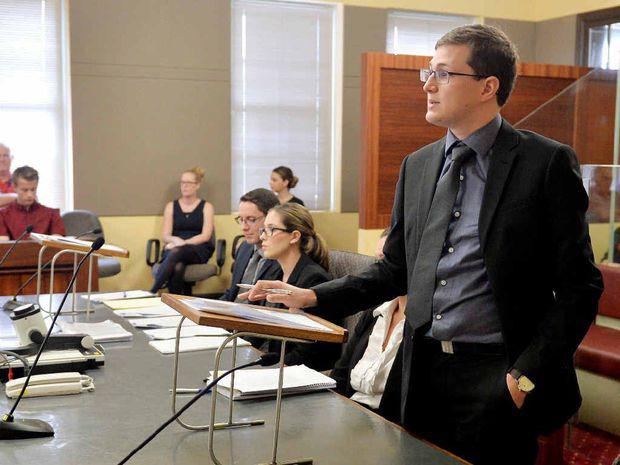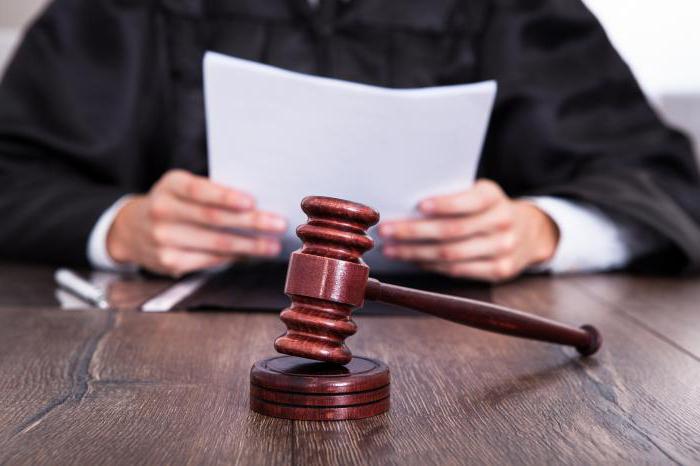Quite often, certain circumstances force people to defend their rights and freedoms. The role of the mediator in this matter is performed by the court, which is divided into instances of general jurisdiction, arbitration and arbitration. It is about the latter that will be discussed in the article.
Functions and Tasks of the Arbitration
What is his main work? Arbitration proceedings consider controversial issues in its own rules and procedures, which differ from civil proceedings.
The arbitration process is a judicial activity established by law, which is aimed at protecting the violated or disputed rights of shareholders, citizens-entrepreneurs or other organizations. There are several stages to the arbitration process.
Functional Court of Arbitration: more
Conditional separation includes several types:
- Resolution of conflict situations that occurred as a result of entrepreneurial activities.
- Warning of a violation of law.
- Statistical accounting and analysis of the data.
- Maintaining and regulating international relations.
What goals does the court pursue with its actions?
The tasks of the arbitral tribunal include the following:
- Respect for the rights and interests of the parties.
- Ensuring accessibility to justice.
- The implementation of the trial in fairness and in accordance with applicable laws.
- Prevention of violations of rights and ensuring the rule of law.
- Establishment of respect for the court at the stage of the arbitration process.
- Creation and further development of business relations and ethics.

Arbitration court structure
In Russia, the arbitration courts include the Supreme Arbitration Court, regional, appeal and cassation courts. At the initial stage of legal proceedings, all cases are considered in instances that are not related to the Supreme Arbitration Court.
Followed by arbitration courts of appeal. They analyze cases again in order to verify the legality and validity of decisions made on them. They are resorted to, for example, in cases where new circumstances in the case have arisen. As a self-existing court of appeal, courts of appeal were established in 2003. As a rule, on the territory of one district there are two courts of appeal and the so-called district principle.
Regional courts of appeal are subordinate to the federal arbitral tribunals and verified by them. The main step is the Supreme Arbitration Court. He reviews cases related to economic disputes and oversees all legal proceedings.

Superior Court of Arbitration
The composition for a particular court of arbitration category depends on the volume and function. The Supreme Court consists of the following parts:
- Plenum. It solves issues related to the implementation of arbitration proceedings and practice.
- The Bureau. Engaged in case review and separate judicial practice.
- Judicial collegiums. They resolve disputes that arise in administrative and civil legal relations.
The Plenary consists of the chairman, his deputies and judges. The meetings can be attended by researchers from various institutions, authorized representatives of the executive and legislative branches and citizens of the country. The Supreme Arbitration Court also has the responsibility to appoint judges and improve their qualifications.
Arbitration Court Principles
Legality is the main and fundamental principle of judicial activity. This principle includes compliance with the legal norms of all judicial acts, the behavior of participants throughout the duration of the arbitration process and the court itself. All this requires careful observance of laws and legal norms.

Principle of justice
The next important point is that only the court has a legal right to commit an act of justice. Only authorized bodies and persons can be judged, the involvement of which in this type of activity is possible only in the manner prescribed by applicable law.
From the last principle, the following point arises - on the independence of judges. They obey only the Constitution of Russia and laws issued at the federal level.
The following postulate says that cases can be considered both individually and collectively. As a rule, a judge considers cases of first instance on his own. Cases are considered collectively in cases where they are under the jurisdiction of the High Court, when the dispute is about the legitimacy of any legal acts, as well as if the case is marked "group review". The decision on the case is adopted by a majority vote. If one of the members of the board disagrees, he may mark his opinion in a special act.
Equality before the law and publicity
Mandatory for implementation is the principle that all are equal before the law. Equally important is the principle of publicity at the hearing. Most cases are dealt with openly. A meeting may be closed if there is a risk of disclosing official, state or other secret in its course, or if it is provided for by federal legislation.
The court session is always held in Russian and this also applies to the principles of arbitration. In addition, there are also principles of dispositiveness, which make it possible to use all your rights, competitiveness, that is, the ability to express requirements and objections, uphold rights, etc. As well as the principle of immediacy, according to which the methods and methods of the court are determined for the adoption of the case evidence.

Stage of the arbitration process
As mentioned above, the arbitration process means a system of actions of a certain sequence, which are carried out by the court with the aim of making a decision on the case under consideration. The arbitration procedure includes eight main stages:
- Submission of the statement of claim.
- Preparatory process for the meeting.
- Adjudication by arbitration.
- Filing an appeal.
- Review of the decision by the court of cassation.
- Revision of decisions taken to protest the Chair or his deputies.
- Enforcement of judicial acts.
- The claim.
The first stage of the arbitration process is the filing of a lawsuit. The statement of claim is a controversial claim of the plaintiff against the defendant of a substantive nature, which is based on specific legal facts. The claim shall indicate the circumstances that constitute its basis, and sets out the requirements for the plaintiff. As mentioned above, in accordance with the APC, the stages of the arbitration process are divided into the aforementioned amount.

Principles of action
There are general rules for filing a claim, which include the following information:
- The name of the court to which the lawsuit is filed.
- Information about the plaintiff, including name, citizenship, place of registration, TIN and place of work.
- Information about the defendant.
- Justified by laws and legal acts requirements.
- The circumstances that led to the disagreement of the parties with evidence.
- If the claim has a price, it must be indicated.
- Calculation of the amount to be disputed.
- Information about pre-trial actions and measures taken by the plaintiff to resolve disagreements.
- The list of documents submitted to the court.
- Copies of the statement of claim and all documents must be sent to all participants. Legal proceedings are considered to be the main stage of the arbitration process.
The application must be accompanied by certificates of delivery of copies, as well as a receipt of payment of state duty. The judge decides to hold a meeting on the suit within five days.
So, how many stages in the arbitration process, we figured out. Next, we continue to delve into the topic.
Arbitration
Before proceeding to the stages of the arbitration process, it is necessary to take a number of procedural measures that are prescribed in the law. Then you need to perform a number of paperwork, including sending, sending requests and subpoenas in order to call the participants and witnesses of the trial. Next, the court is assigned the time and place. During the preparatory procedures, the judge needs to consider the following issues: legal relations between the parties, legal interest of persons, circumstances of the evidence base, etc.

During the trial, the parties state their opinions and present all the necessary evidence. The composition of the case is created based on the lawsuit, the defendant’s disagreement in writing and the scope of substantive law. By law, well-known, confirmed or predetermined facts do not need proof. The stages of the arbitration process for the submission of evidence are divided into the following items:
- Evidence base collection.
- Presentation of information by process participants.
- The study of the evidence presented is based on the principles of adversarial, oral and direct.
- Under article 71 of the APC, the facts presented are evaluated.
The evidence in the arbitration must be reliable and admissible. Evidence can be evidence of either material or written evidence, expert opinions, testimony, and more.
The decision is made by the judge in a separate room. In a peer review, an opinion is drawn up by voting. The verdict is issued in writing and must be certified by all members of the board. Then the presiding judge announces the decision and explains the appeal procedure. A decision on appeal must be taken within three days. This is the term in the arbitration process.
This is followed by an appeal (if one of the parties does not agree with the decision). A document is drawn up in writing signed by all interested parties. All petitions with the description of the grounds for disagreement and the materials of the previous case must be attached to the application.
The article examined the characteristics of the stages of the arbitration process. The main thing in any nuance is to be guided by the norms prescribed by law so that there are no problems in the future.